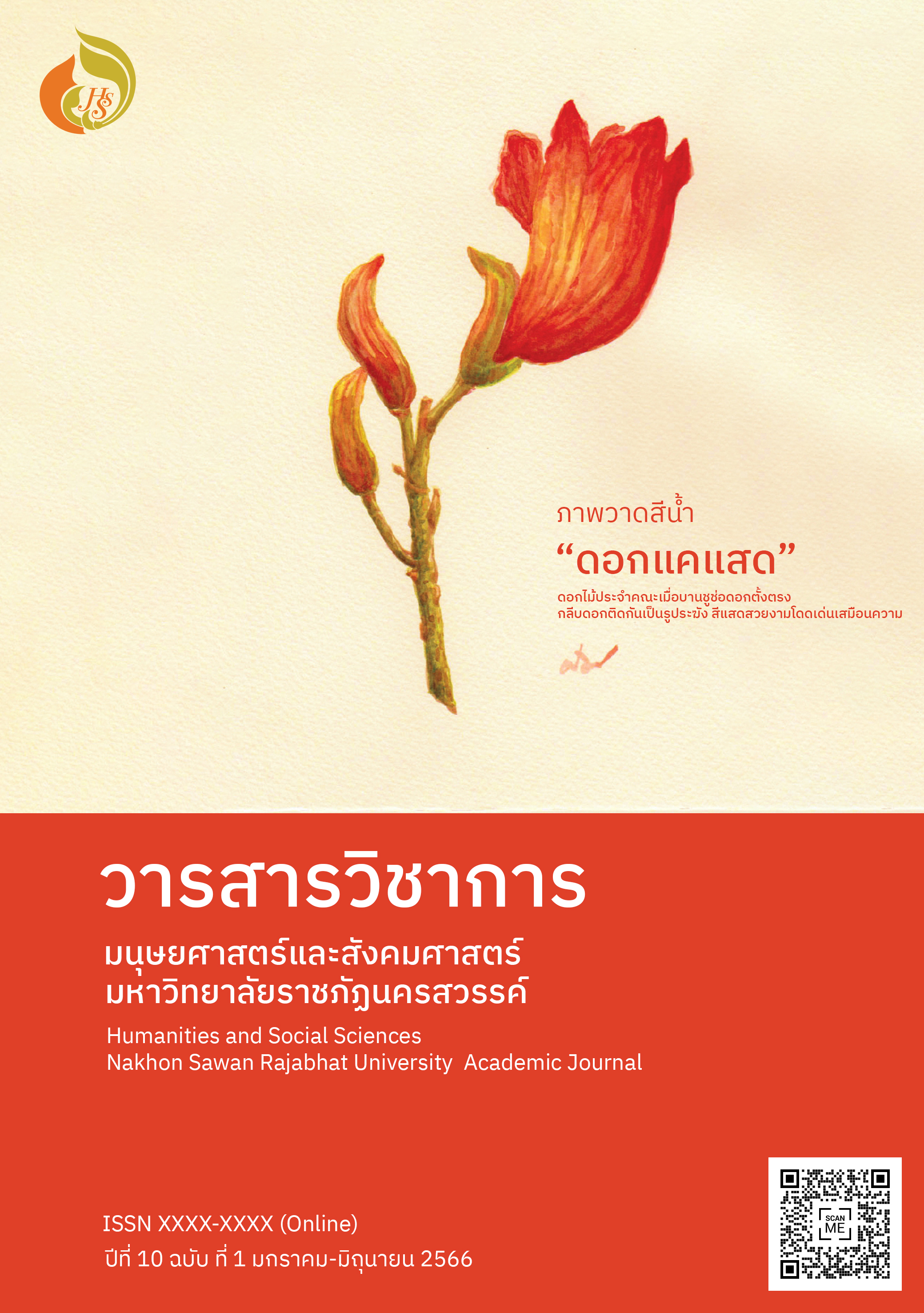"Neptune" An Analysis of the Music of the Stars.
Main Article Content
Abstract
Abstract
This article aimed to focus on the analysis of musical compositions. The Planets Op. 32 in the 7th movement, named “Neptune, The Mystic”, the work of Gustav Holst which is a famous poem and is widely popular. It presents critical analysis in various aspects, including biography, history and musical forms. As well as composing techniques in various dimensions based on western musical styles combined with 20th century music composition such as melody, rhythm, harmony and overview of this composition.
Neptune, the Mystic is the final movement of The Planets Opus 32 which are named with the names of the planets in the solar system using the concept of astrology. This movement describes the characters of Neptune or the God Poseidon who is the god of the seas and oceans according to Greek-Roman mythology, and is performed with a large orchestra.
The musical form of Neptune, the Mystic is divided into 4 parts: A, B, C and Coda. It uses only the motive and the two chords, Em and G#m in time signature 5/4. The interesting thing in this movement is the softness level of music throughout the performance, and a woman's voice without lyrics at the end. There is also a group of choirs to embrace the melody that gradually fades out until it is completely quiet at the end of the movement. This makes the mysterious atmosphere and makes it different from other movement
Article Details

This work is licensed under a Creative Commons Attribution-NonCommercial-NoDerivatives 4.0 International License.
References
ณัชชา พันธุ์เจริญ. (2551). สังคีตลักษณ์และการวิเคราะห์. (พิมพ์ครั้งที่ 4). กรุงเทพฯ :
สำนักพิมพ์ เกศกะรัต.
ณัชชา พันธุ์เจริญ. (2552). พจนานุกรมศัพท์ดุริยางคศิลป์. (พิมพ์ครั้งที่ 3). กรุงเทพฯ :
สำนักพิมพ์ เกศกะรัต.
ณรงค์ฤทธิ์ ธรรมบุตร. (2552). การประพันธ์เพลงร่วมสมัย. กรุงเทพฯ : สำนักพิมพ์แห่ง
จุฬาลงกรณ์มหาวิทยาลัย.
ณรงค์ฤทธิ์ ธรรมบุตร. (2553). อรรถาธิบายและบทวิเคราะห์บทเพลงที่ประพันธ์โดย
ณรงค์ฤทธิ์ ธรรมบุตร. กรุงเทพฯ : สำนักพิมพ์แห่งจุฬาลงกรณ์มหาวิทยาลัย
ปัณณรุจน์ อนันต์จรัสภัทร. (2565). เครื่องดนตรีวงออร์เคสตราในบทประพันธ์เดอะแพลนเน็ต
โอปุส 32. เมื่อวันที่ 25 ธันวาคม 2565
วีรชาติ เปรมานนท์ และ สิรเศรษฐ ปัณฑุรอัมพร. (2563). เทคนิคเครื่องสายในบทประพันธ์
เพลงชุดมิติเสียงสังเคราะห์แห่งวงซิมโฟนี. วารสารดนตรีรังสิต มหาวิทยาลัยรังสิต,
ปีที่15 (1), 150-164
Holst, Gustav. (1921). The Planets Suite for Large Orchestra. London, England :
Boosey & Hawkes Music Publishers Ltd.
Lace Ian. (1996). A Biography of Gustav Holst. สืบค้นจาก http://www.gustavholst.info/biography/index.php?chapter=1.
Lace Ian. (1996). A Biography of Gustav Holst. สืบค้นจาก
http://www.gustavholst.info/biography/index.php?chapter=2
Lace Ian. (1996). A Biography of Gustav Holst. สืบค้นจาก
http://www.gustavholst.info/biography/index.php?chapter=3
Lace Ian. (1996). A Biography of Gustav Holst. สืบค้นจาก


